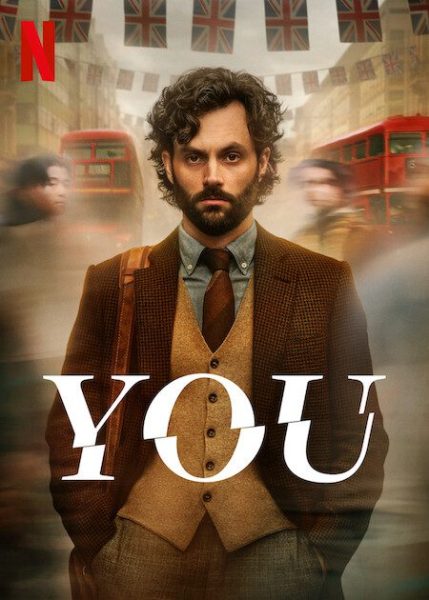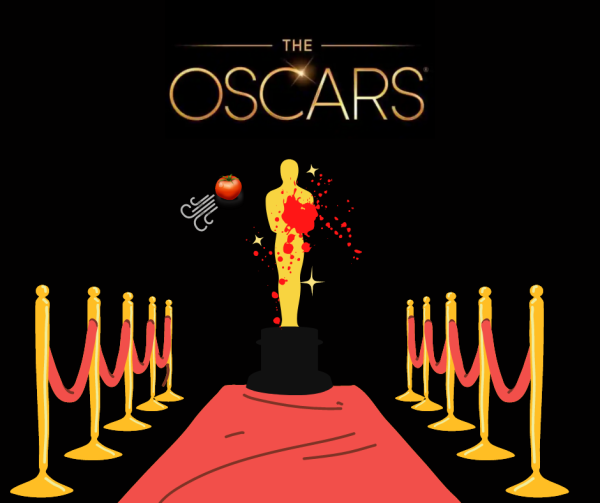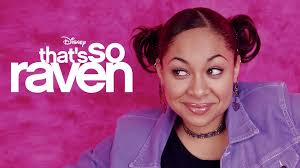Staff Picks: Favorite Childhood Cartoons
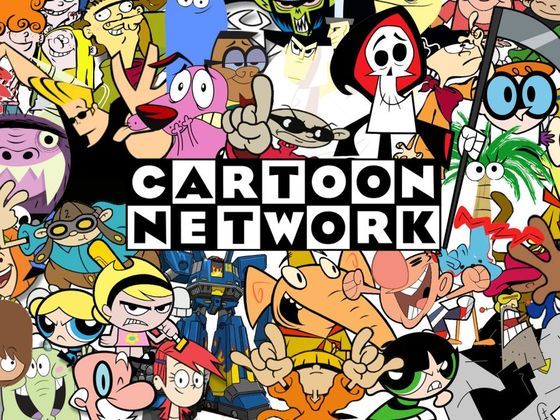
Growing up as ’90s babies, we’ve experienced arguably some of the most iconic cartoons of all time. Every generation likes to think this, but let’s face it, Millennials come out as the clear winners here. With iconic shows like Spongebob, Hey Arnold!, Kim Possible and the Proud Family, you can’t deny that these cartoons helped shape our childhood, and were often pretty progressive as well. Looking back at the cartoons of our childhood now, they often incorporated more diversity and inclusivity than what we see on television today. Seeing positive role models like Kim Possible being the hero of her own story, Penny Proud bringing to life a relatable and authentic black family experience, and Arnold, an orphan who lived with an extended family in an urban neighborhood with friends of every race, all molded our perspective of the world. It’s hard to narrow down just one favorite childhood cartoon because there were just so many great picks. This week, the Impact Staff takes us back to the good old days, and gives us their favorite childhood cartoons.
Spongebob Squarepants

Network: Nickelodeon
Airdates: 1999-present
As a 22-year-old adult woman, I can proudly admit that I still quote classic Spongebob lines on basically an every day basis. At my summer job working at a poolside grill, our team of snack bar workers refer to ourselves as “the Krusty Krew.” My childhood best friend and I can pretty successfully have a full conversation speaking solely in lines from Spongebob. The show is an all-time classic, where the underwater adventures of a tirelessly optimistic sea sponge and his gang of buddies know no bounds. Spongebob is the fry cook at “The Krusty Krab” where he works with his scrooge-like neighbor, Squidward, for their money-hungry crustacean boss, Mr. Krabs. Spongebob, Squidward, and his best friend Patrick Starr—a hilariously dim-witted starfish—get into all kinds of silly scenarios, catching jellyfish, learning how to drive at “boating school” and thwarting the evil plans of the maniacal Plankton. The show wasn’t too big on having any deeper message other than having fun with your friends, and the humor was admittedly pretty childish, but there’s something so kooky and charming about a yellow dish sponge cracking dumb jokes to the chagrin of their grumpy neighbor that remains side-splittingly funny to this day. Bubble buddy? Ripped pants? The rusty spoon song? The suds? Rock bottom? The list of iconic episodes and quotable content is unending. Your fave could never. —Nora-Grayce Orosz
Ed, Ed N Eddy
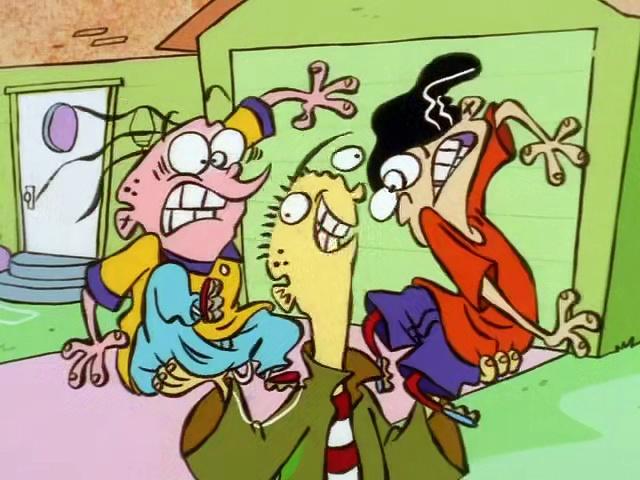
Network: Cartoon Network
Airdates: 199-2009
To say that Cartoon Network was a defining part of my childhood would be an understatement. Whether it was The Grimm Adventures of Billy and Mandy or Foster’s Home for Imaginary Friends, I was always glued to a show. Yet one remains greater than all the others: Ed, Edd n Eddy. For ten years, Ed, Edd n Eddy defined itself as a cartoon that was bizarre, yet hilarious. Through convoluted schemes, the gang constantly found themselves in unfortunate situations; all in the name of candy. As with any great show, it was defined by the characters. While The Ed’s were all unique and iconic in their own individual ways, it was the supporting characters that gave the show its personality. From the bizarre foreign farmer transplanted from “The Old Country”, to a wimpy kid who’s constantly bullied, or even a piece of wood, every character on the show was well thought-out and played a crucial role in the neighborhood. We cannot talk about Ed, Edd n Eddy without looking at some of the ridiculous shenanigans the characters were involved in. Scenarios like Ed eating his bed, the constant conflict with the Kanker Sisters, or Rolf being tricked into drinking from a shoe, it was always something wacky and new every episode. The show made you feel like you lived in the cul-de-sac with everyone else. Another fascinating part of the show was the moral dilemmas. More often than not, the “Ed’s” were in the wrong. It was the first show I can recall where the protagonists were not heroic and always doing the “right thing.” Typically, their schemes would end up failing miserably, challenging young viewers to see the error of the “Ed’s” often selfish motivations. Ed, Edd n Eddy was iconic in every way. Talk to any millennial about their favorite cartoon growing up and it wouldn’t take long to find someone who loved the show. Whether it was Plank, Eddy’s Brother, or just the idea of eating a massive jawbreaker, the show was great. —Steven Keehner
Courage the Cowardly Dog
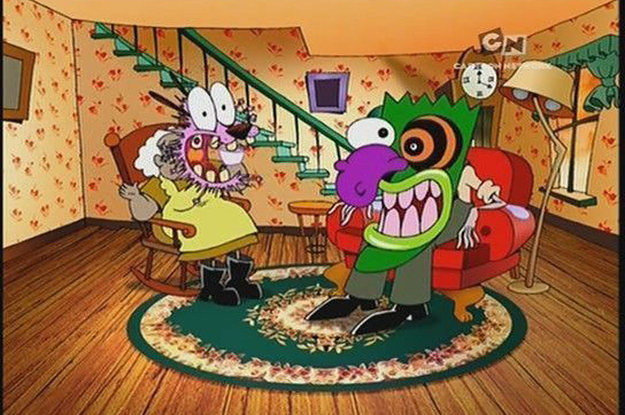
Network: Cartoon Network
Airdates: 1999-2002
Cartoons were always an escape for me growing up. If I was bullied, had a bad day, or felt isolated cartoons offered an escape into a world where anything was possible. My favorite cartoon growing up, and still to this day, is Courage the Cowardly Dog. The series follows an easily frightened dog named Courage. He was taken in as puppy by Muriel Bagge, a kind-hearted and naïve Scottish woman, where he lives with her husband, Eustace Bagge, in Nowhere, Kansas. It’s a simple existence, if not for all the aliens, crazed scientists, monsters, and psychopaths that the trio encounter in their desolate town. The series is a mix of horror and physical comedy, but it’s the emotional themes the series espouses that make it, in my opinion, one of the greatest cartoons ever created. Courage is always frightened, but he represents the ability to summon courage which makes him so endearing. He taught me that even if you’re scared of what might happen to you, you still have to tackle your fears and problems head on. If Courage can defeat monsters, why can’t I stand up for myself in school? The best episode of Courage the Cowardly Dog, out of its short yet glorious 52-episode run, is the series finale. The two-part episode were touching to me on an extremely personal level. We learn in “Remembrance of Courage Past” how Courage lost his parents to a crazed scientist who was sending dogs to the moon. The loss of his parents left an emotional scar on Courage for the rest of his life. As an adopted child, I understand the feeling of loss and abandonment that Courage felt. Yet, Muriel saving Courage reminds me how my parents saved me too by adopting me. The final segment, “Perfect,” epitomizes the lesson that has stood with me to this day. Courage’s insecurities and fears have overcome him to the point that they manifest into the “Teacher,” who tries to make Courage into the “perfect dog.” However, Courage is unable to pass her tests, leaving him despondent in the bathroom, until a talking fish says the best lesson of the show: “There’s no such thing as perfect. You’re beautiful as you are, Courage. Even with your imperfections, you can do anything.” That is a lesson every child should hear, especially in a digital world where our every word and action is judged and picked on. In a world where people are always saying what you can’t do, Courage the Cowardly Dog was the show I needed growing up, showing me what I could do. This is the one cartoon that has earned and deserves a reboot. —Matt Reich
Rocket Power
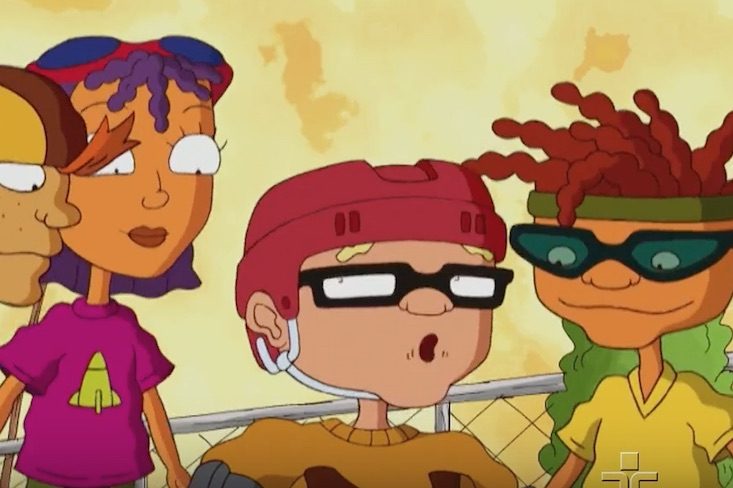
Network: Nickelodeon
Airdates: 1999-2004
“We are riders on a mission, action kids in play position/ Rocket Power!” These are the opening lines of the theme song of my childhood. I can recall coming home from my half day of kindergarten, pouring myself a bowl of Lucky Charms, and watching the rebellious friend group of Rocket Power for hours. I thought they had the best friend group with a perfect mix of personalities. There was Otto, the extremely athletic leader of the group, Reggie, his sassy and equally as athletic older sister, Twister, who was Otto’s best friend and a classic daredevil, and last but certainly not least, the Squid, who is the brainiac of the group. As a young girl, I envied Reggie and her badass attitude. I like to believe that she had some influence on my tomboy-ish years that would come in the near future (also growing up with two older brothers may have had an effect on that as well). When I was younger, I was certainly more athletic and less doll-obsessed than other girls my age, and it was nice to have a character that I could identify with who was smart and motivated instead of preoccupied with glittery make-up. The show mainly revolved around the day-to-day adventures that the group of four get themselves in to, and it made me want to go outside and have adventures too. The show also takes place in a beautiful, fictitious beach town in Southern California which sealed the deal for me in regards to them having the perfect life. They were portrayed as average middle schoolers that participated in extreme sporting events, and could relax on they beach whenever they pleased. This show certainly brought some adventure into my life when I needed it and it still brings me joy to this day. Woogity, woogity, woogity! —Liv Meier
Kim Possible
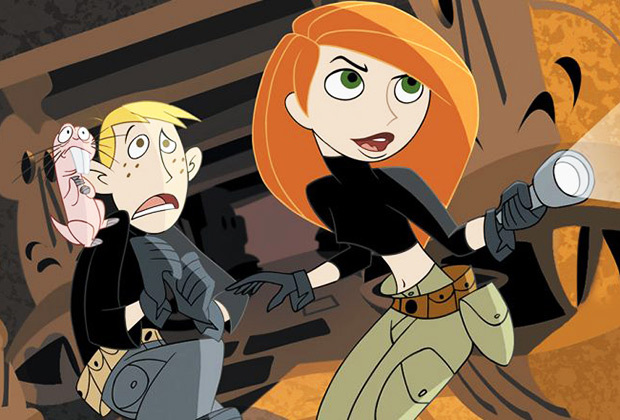
Network: Cartoon Network
Airdates: 2002-2007
“What’s the sitch?” Oh yeah, the fact that hardly any other cartoon of the 2000’s was as female-empowering as Kim Possible. Sure, there was The Powerpuff Girls and Winx Club, but Kim was one of the first female characters that wasn’t a stereotypical “girly girl.” Kim not only has to deal with her scholarly responsibilities, but also balance her double life as a crime fighting teenager. She is aided by her awkward best friend Ron Stoppable and pet mole rat, Rufus, along with computer genius, Wade. Known as Team Possible, many of their missions involve foiling the evil plans of mad scientist Dr. Drakken and his sidekick Shego (who is also a girl-yay for estrogen!). This series is able to connect to young adolescents along with older, mature audiences. The writers don’t stray from the real-life emotions average teenagers endure such as unequal friendships, parental backlash, and unrequited love. The bleak honesty and sarcastic innuendos expressed by the characters is without question an aspect that many would try to expel from a children’s animated show. Thanks Kim, for teaching me how to challenge the patriarchy before I even knew what the patriarchy was. “Call me, beep me, if you want to reach me.” —Nicole Acosta
Tom and Jerry
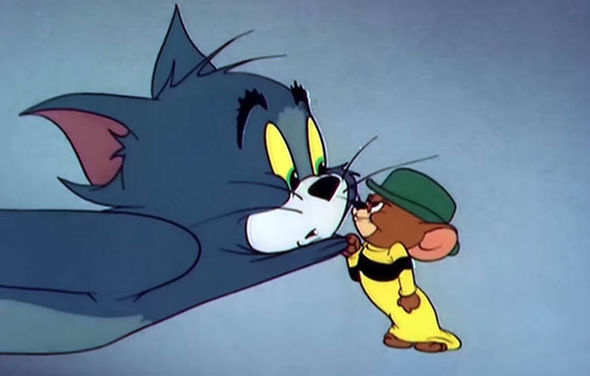
Network: Cartoon Network
Airdates: 1940-present
Many adults can recall watching Tom and Jerry, which featured a clever, little mouse trying to escape a hungry grey cat. I loved watching this cartoon because it has been going on for generations. My Grandma watched it, my mom watched it, I’ve watched it, and hopefully, my children will watch it. It’s one of those shows that never gets old because the comedy and the message behind it is still fresh and relevant. The episodes are all the same, the cat tries to catch the mouse in order to eat it, but the mouse is too clever to fall for the cat’s traps and instead the traps backfire and the cat gets hurt. But we always come back to watching the show because we are always curious as to what the cat will come up with and how the mouse will escape from it. The fact that something so small can make big accomplishments is a great message to deliver to little kids. The cat and the mouse have a rare friendship, it’s a love and hate relationship that continues to make great episodes and memories. —Andrea Loaiza
Rugrats
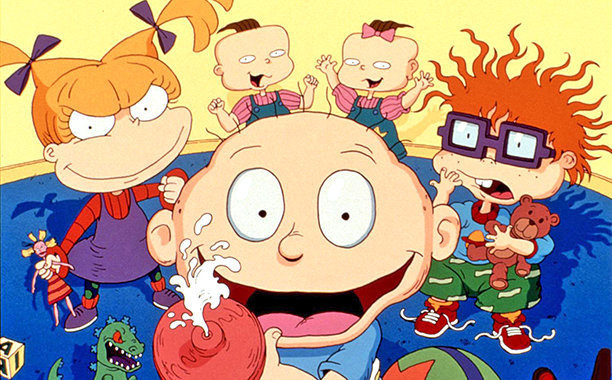
Network: Nickelodeon
Airdates: 1991-2004
Rugrats was an iconic show to my family and I. Not only did my sister and I watch it almost every day as a kid, it was the first thing we put on when we had a long car ride. The show taught me the meaning of friendship and the importance of family. Tommy Pickles and Chuckie Finster are the epitome of friend-goals. I always felt like I grew up with the cast of the Rugrats even though it was a cartoon. When they made the spin-off show, Rugrats: All Grown Up it made it all feel that much more real. They were growing up, just as I was. Tommy and Dill Pickles taught me to always put your family first, which is something I’ve valued from a very young age and continue to value to this day. —Dani Sarasky
The Powerpuff Girls
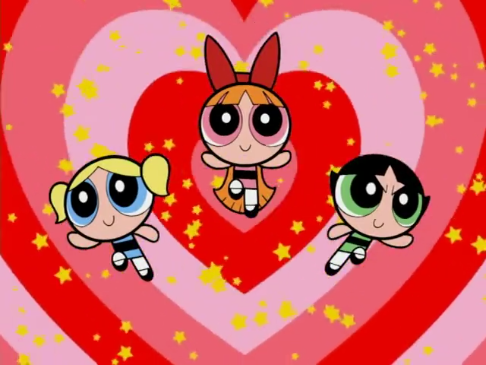
Network: Cartoon Network
Airdates: 1998-2005
No, not the crappy remake from 2016, the real Powerpuff Girls was a show that I stayed up past my bedtime to watch because I couldn’t bear to miss an episode. The animation was colorful and modern, and the plots were easy enough for a kid to follow without asking too many questions, but still presented an important message. The Powerpuff Girls made me believe that I could save the world even if I didn’t have the ability to fly or X-Ray vision, and I’m sure I’m not the only little girl who felt the same way. When the show ended, a part of my heart left with it, and when Cartoon Network tried (and failed) to revive a childhood favorite, it didn’t have the same pizzazz that the original accomplished. Let’s be honest, if you weren’t arguing with friends to see which one of you was gonna be Blossom or Buttercup, did you really even have a childhood? —Chelsea Renay
The Fairly OddParents
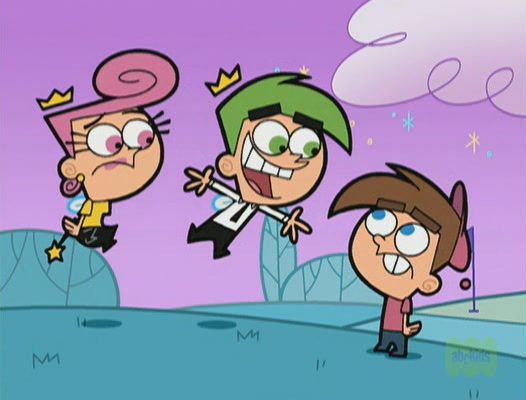
Network: Cartoon Network
Airdates: 2001-present
Every day after school I would run home, plop myself on the couch, and watch The Fairly OddParents. The show’s quirky humor and array of wacky characters filled my 3rd grade heart with joy. I would always pretend that I had fairy god parents that no one else could see but me, and I would even talk to them! I eventually stopped watching it as I got older, but apparently it’s still on TV today. I hope the kids now like it as much as I did. —Kristin Millard
Codename: Kids Next Door
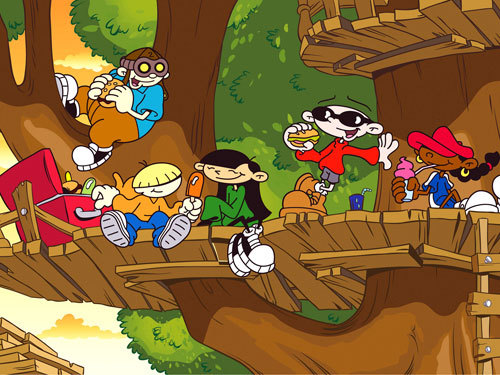
Network: Cartoon Network
Airdates: 2002-2008
Kids Next Door was always a top tier show for me. It took everyday problems, like parents and siblings, and turned them into these larger-than-life struggles of kids just wanting to be kids. It was always the struggle, the never-ending war between kids and things that didn’t want them to be kids. Using 2×4 technology, they waged a war against the likes of the Delightful Children from Down the Lane, Teenagers, Stickybeard and a slew of other antagonists. It was a great show to watch as a kid, as it promoted friendship, kids being kids, and always standing up to the Man. —Stephen Lyons
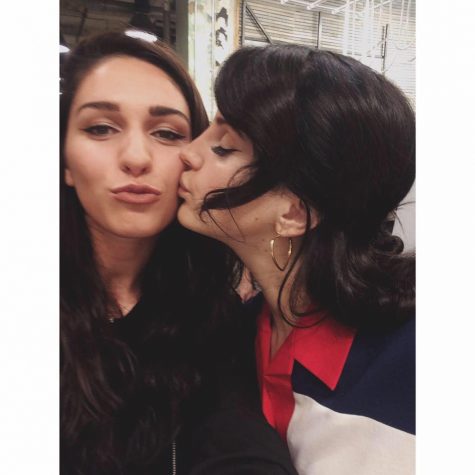
Nora-Grayce is a journalism major from Yonkers. She's a music and pop culture addict who lives for festivals and food. In her spare time she can be found...
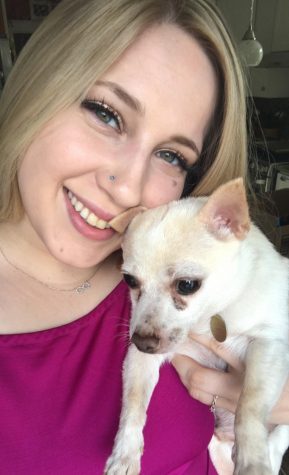
Olivia Meier, most commonly referred to as Liv, is a journalism student at Mercy College. And while she loves New York, she is a true Jersey girl. If she’s...

Nicole is from The Bronx and is a journalism major at Mercy College. Her hobbies include discovering new places to eat on a budget, photography, listening...

Matt Reich is a guy constantly on the go who can't let a minute go unused. Born in a city in Texas, raised in rural Connecticut, and now he's trying to...
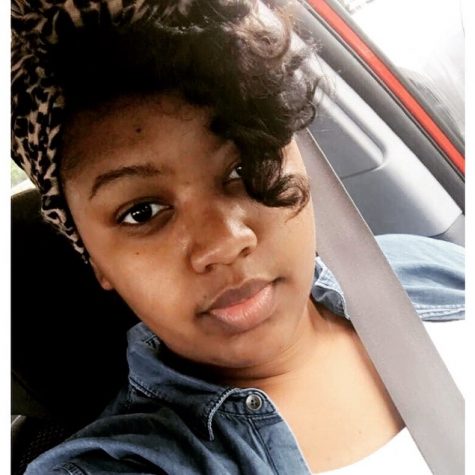
Chelsea. Chelsea Renay. Chels. Che (Only if you're her best friend Sam!) Chelsea Martin is a New Haven, Conn. native and is studying Radio and Television...

Steven Keehner was the Managing Editor of the greatest publication on the Hudson.
Hailing from the mediocre Town of Oyster Bay, New York, he enjoys...

The name is Loaiza, Andrea Loaiza. She is currently a junior in Mercy College on her way to getting her bachelors in Media and Journalism. She...
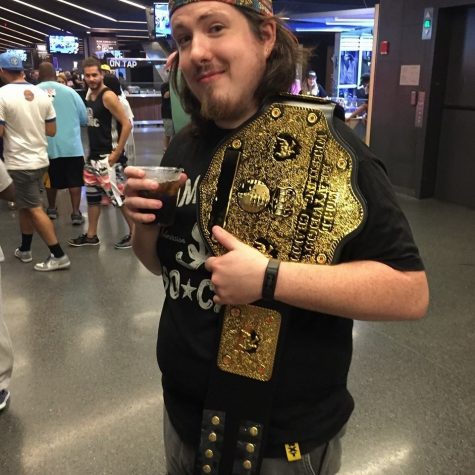
Stephen Lyons is mostly found on chairs and couches in front of a Television. When he isn't wasting his life with Xbox games or TV series, he likes to...
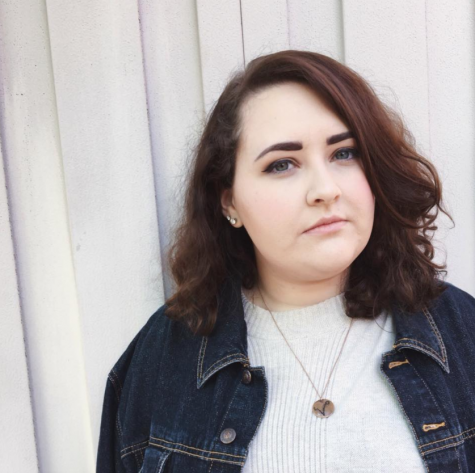
Kristin is a musician, audio engineer, and recording studio assistant from suburban Chicago. She is constantly attending local shows to support her friends,...



